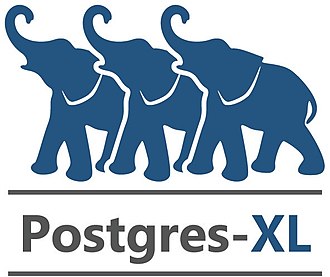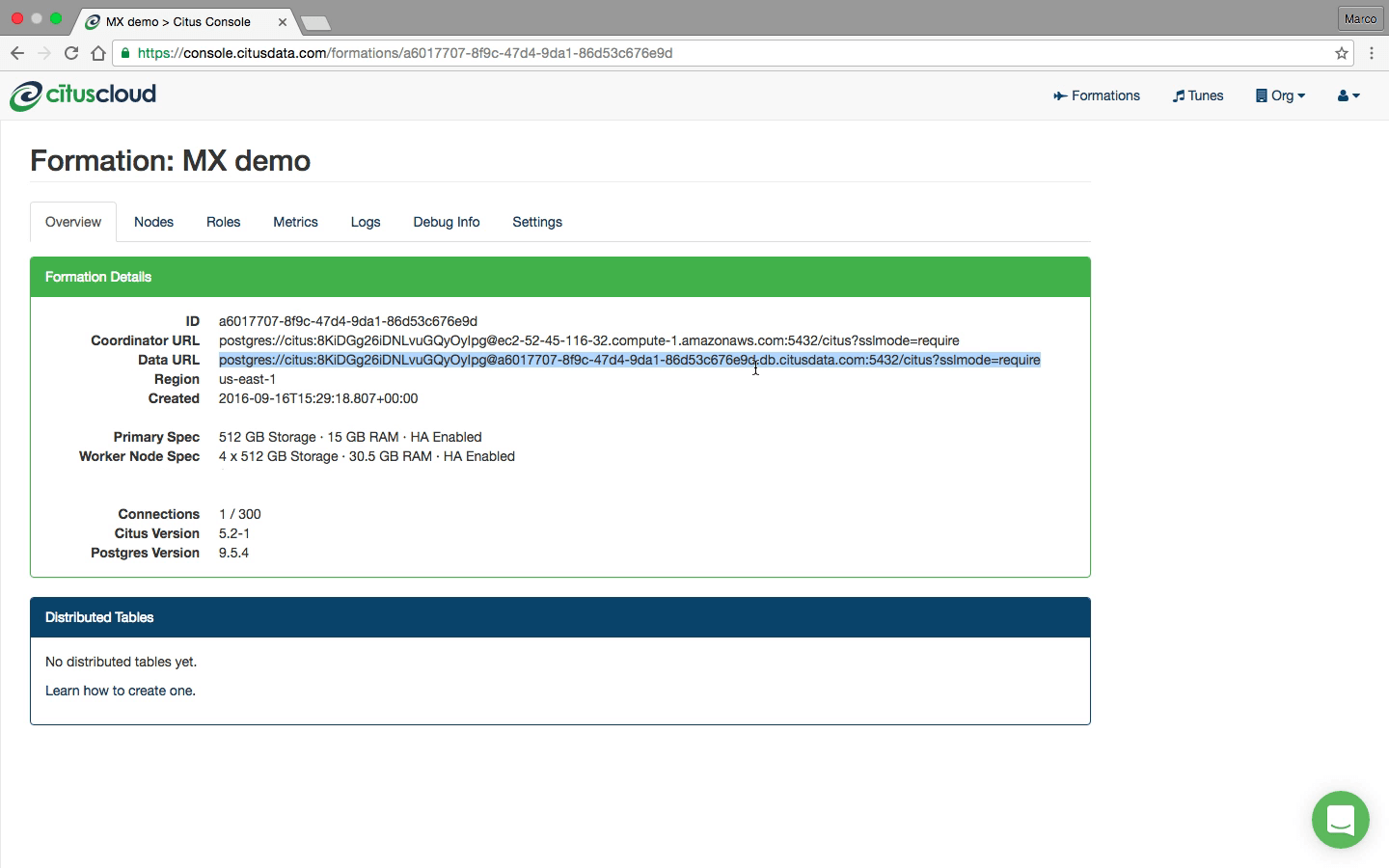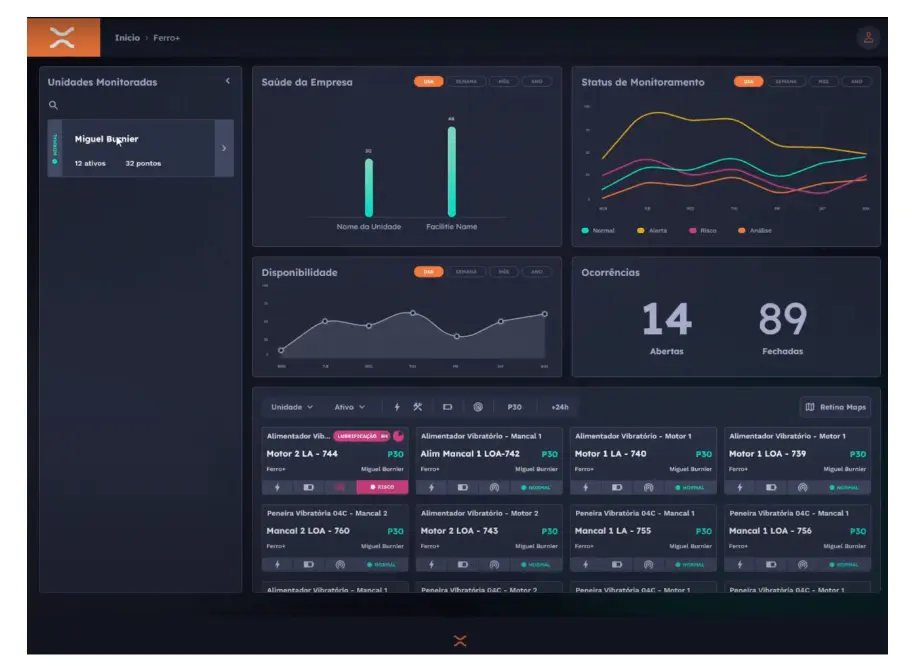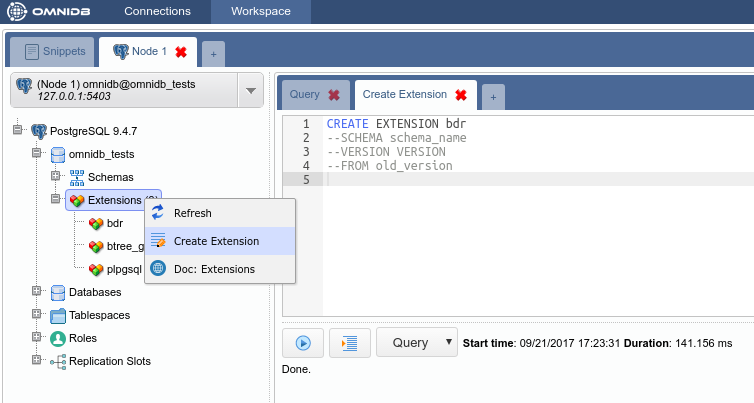What is PostgreSQL scaling?
PostgreSQL scaling refers to strategies and methods used to handle increased workloads and data volumes within a PostgreSQL database system. As data grows and demand increases, databases must efficiently manage resources to maintain performance. Scaling aims to expand the database’s capacity and throughput, typically using hardware or software solutions while ensuring minimal downtime and sustaining a high level of service.
Scaling can be achieved through various techniques, primarily categorized into vertical and horizontal scaling. Vertical scaling, or “scaling up,” involves improving existing hardware capabilities, such as upgrading CPU or memory. Horizontal scaling, or “scaling out,” distributes workloads across multiple servers or database instances. Both approaches have their pros and cons, depending on resource constraints, deployment strategy, and system architecture.
Vertical vs. horizontal scaling
Vertical scaling in PostgreSQL
Vertical scaling involves improving the current server’s specifications to handle more data and transactions. This approach may include adding more RAM, upgrading CPUs, or deploying faster, high-capacity storage systems. Vertical scaling is straightforward to implement since it maintains a single database architecture, minimizing software changes and maintaining simplicity in operations.
However, there’s a finite extent to how much a single machine’s resources can be upgraded. Eventually, the associated costs become prohibitive, or the physical limitations of the hardware are maxed out. Additionally, a potential single point of failure increases risk, requiring strong backup and recovery solutions to ensure continuity.
Horizontal scaling in PostgreSQL
Horizontal scaling involves distributing data and queries across multiple database servers. By adding more nodes to a cluster, PostgreSQL can handle larger loads and provide redundancy. This method improves availability and load balancing by reducing competition for resources among multiple clients.
Implementing horizontal scaling requires partitioning the database and ensuring data consistency across nodes. Sharding is a common approach, distributing pieces of data across several databases. While this solution increases scalability, it requires complex server architecture and tight network configuration. Carefully planned sharding strategies and management tools are crucial for effective implementation.
Challenges in scaling PostgreSQL
Scaling PostgreSQL comes with several challenges that must be addressed to maintain performance and data integrity:
- Data consistency and integrity: Ensuring data consistency across distributed systems during horizontal scaling can be complex. Transactions spanning multiple nodes require mechanisms like distributed transactions, which may introduce latency and increase the potential for conflicts.
- Query performance: Scaling horizontally can lead to uneven load distribution and query performance bottlenecks. Poorly designed sharding or partitioning strategies might result in some nodes handling disproportionate amounts of traffic, degrading the overall system performance.
- Latency and network overhead: As the number of nodes increases, network latency becomes a significant concern. Synchronization across nodes and the additional overhead of data replication or consistency checks can impact system responsiveness.
- Maintenance and complexity: Scaling introduces additional layers of complexity in terms of monitoring, backup, and failover management. Horizontal scaling requires robust tooling and expertise to maintain operational efficiency and troubleshoot distributed system issues.
- Cost considerations: Both vertical and horizontal scaling have financial implications. Vertical scaling involves investing in high-performance hardware, which may become cost-prohibitive at scale. Horizontal scaling requires additional servers and infrastructure, alongside increased operational costs for maintenance and administration.
Application compatibility: Applications designed for a single-node database might require significant modifications to function effectively in a horizontally scaled environment. Adapting query logic and ensuring compatibility with distributed systems can be resource-intensive.
Related content: Read our guide to PostgreSQL management
Tip from the expert

Perry Clark
Professional Services Consultant
Perry Clark is a seasoned open source consultant with NetApp. Perry is passionate about delivering high-quality solutions and has a strong background in various open source technologies and methodologies, making him a valuable asset to any project.
In my experience, here are tips that can help you better scale PostgreSQL effectively:
- Leverage connection pooling for scalability: Use tools like PgBouncer or Pgpool-II to manage database connections efficiently. Connection pooling reduces the overhead of opening and closing connections, especially in high-traffic environments, ensuring better utilization of resources.
- Adopt hybrid scaling approaches: Combine vertical and horizontal scaling strategies to maximize cost-effectiveness. For example, scale vertically to maximize a single node’s resources and horizontally for redundancy or to handle specific workload types like analytics.
- Implement adaptive sharding strategies: Use dynamic sharding techniques that allow rebalancing of data across nodes as workloads or data volumes change. This avoids overloading specific shards and supports long-term scalability without costly migrations.
- Utilize foreign data wrappers (FDWs) to integrate external databases: PostgreSQL FDWs allow querying disparate data sources through a unified interface, supporting read scaling for distributed workloads or combining data from multiple systems.
- Design with eventual consistency in mind: For write-heavy applications, consider loosening strict consistency requirements where possible. Techniques like eventual consistency or conflict resolution strategies can significantly reduce the overhead of maintaining synchronization across nodes.
PostgreSQL scaling tools and extensions
1. Postgres-XL

License: PostgreSQL License
Repository: https://git.postgresql.org/gitweb/?p=postgres-xl.git
Postgres-XL is a scalable extension of PostgreSQL for clustering and parallel processing across distributed nodes. It targets applications demanding large-scale data processing and analytics, distributing data and computational loads. Postgres-XL supports horizontal scaling for both reading and writing operations.
Its architecture enables complex query executions, distributing tasks across available resources to maximize throughput. With global transaction management, Postgres-XL ensures consistency across the cluster.
2. Citus

License: APGL-3.0
Repository: https://github.com/citusdata/citus
GitHub stars: 10K+
Contributors: ~100
Citus is an extension that aids in scaling PostgreSQL horizontally by transforming a single-node database into a distributed database. It partitions tables and queries across nodes, enabling real-time scalability while providing parallel processing capabilities. Citus integrates smoothly within PostgreSQL environments, utilizing distribution logic for high throughput.
This tool is suitable for large-scale analytics workloads, offering efficient aggregation and joining operations. Citus simplifies the complexity of sharded application development while maintaining a unified SQL interface.

Source: Citus Data
3. TimescaleDB

License: Apache 2.0
Repository: https://github.com/timescale/timescaledb
GitHub stars: 18K+
Contributors: 90+
TimescaleDB is a PostgreSQL extension optimized for time-series data management. It enhances PostgreSQL’s ability to process large volumes of time-series data with automatic partitioning and retention strategies. TimescaleDB provides analytical capabilities, supporting SQL and additional functions suited for time-series workloads.
TimescaleDB is engineered to scale horizontally, allowing expansion across multiple nodes while maintaining PostgreSQL’s relational capabilities. Its design prioritizes ease of use with time-oriented data, improving read and write performance through hypertables, which adapt dynamically to data distribution and access requirements.

Source: Timescale DB
4. pg_repack
License: BSD-3-Clause
Repository: https://github.com/reorg/pg_repack
GitHub stars: 1.9K+
Contributors: 40+
pg_repack is a tool for maintaining PostgreSQL database performance, helping address table and index bloat without downtime. It reorganizes tables by rebuilding them, freeing space and improving query performance. Its operation in a live environment allows uninterrupted service, making it useful for database maintenance.
pg_repack operates similarly to the VACUUM FULL process but without locking tables for long durations, preventing service disruption. It can be integrated with routine maintenance schedules, helping sustain optimal performance in high-load environments while managing resource utilization.
5. pglogical
License: PostgreSQL License
Repository: https://github.com/2ndQuadrant/pglogical
GitHub stars: 1K+
Contributors: 30+
pglogical is a logical replication extension for PostgreSQL, providing flexible and customizable replication solutions. Unlike physical replication, pglogical allows selective data replication between PostgreSQL instances, supporting transformations during replication for complex data integration tasks. This extension is suitable for real-time data warehousing and synchronization among distributed systems.
pglogical’s low overhead makes it suitable for multi-tenancy and consolidating data from various sources. Its ability to replicate specific sets of tables or schemas provides fine-grained control over data distribution, increasing the flexibility and scalability of PostgreSQL deployments.

Source: EDB
Best practices for scaling PostgreSQL
Organizations should consider the following practices when scaling their projects in PostgreSQL.
Implement data partitioning
By dividing large tables into smaller, more manageable pieces, queries can be optimized to search only relevant partitions, reducing execution time. Proper design determines partitioning success, requiring careful key and method selection based on data growth and access trends.
Reviewing and adjusting partitions regularly ensures consistent performance and resource distribution. Maintenance strategies like merging or splitting partitions as needed maintain balance. Effectively implemented data partitioning reduces system strain, improves query speed, and optimizes resource utilization while managing scalability demands.
Optimize configuration and indexing
Configuration tuning involves adjusting memory-related settings to match workload characteristics, ensuring efficient resource use. Effective use of the PostgreSQL query planner and the EXPLAIN command aids in executing queries efficiently by identifying optimization opportunities.
Index strategies should align with query patterns, improving data retrieval speed. It’s crucial to periodically assess index usage to remove redundant or costly indexes. Combining configuration tuning with indexing reduces load times, accelerates query processing, and maintains performance as data size and complexity increase.
Utilize clustering and load balancing
These techniques are crucial for distributing workloads and ensuring high availability in PostgreSQL environments. Clustering involves deploying multiple servers that cooperate to handle queries and maintain data consistency. Technologies like streaming replication and tools such as Pgpool-II balance workloads across nodes.
This strategy prevents overload on a single server, distributing demands evenly. Regularly assessing database performance metrics and adjusting load-balancing strategies align server resources with application needs, maintaining smooth operation even under peak loads. Clustering and load balancing reduce latency and support continuous service.
Employ replication for high availability
Replication helps improve PostgreSQL’s availability, enabling real-time data duplication across multiple nodes. This guards against data loss and ensures business continuity during failures. Options like synchronous and asynchronous replication balance performance and consistency, tailored to application requirements and failure recovery objectives.
Replication strategies should include regular testing of failover procedures and checking database health across replicas. Keeping standby systems ready ensures quick failover, minimizing service impact during disruptions. Ongoing assessment and tuning of replication configurations ensure responsiveness in maintaining high availability.
Monitor performance and adjust accordingly
Continuous monitoring of PostgreSQL performance is critical for timely identification of issues and necessary adjustments. Tools like pg_stat_statements track query performance, aiding in optimizing slow queries. Regularly reviewing logs and performance metrics identifies trends and anomalies, guiding relevant adjustments.
Automated monitoring solutions provide real-time insights and alerts, ensuring proactive system management. Regular review sessions for performance data help anticipate scaling needs, adapting resource allocation, indexing, and configurations as workload patterns evolve.
Related content: Read our guide to PostgreSQL tuning
Scaling PostgreSQL with Instaclustr
Instaclustr takes PostgreSQL performance and scalability to the next level by offering fully managed database services that include advanced features. Here’s how:
1. Seamless vertical and horizontal scalability
Instaclustr provides both vertical and horizontal scalability options for PostgreSQL. This flexibility ensures that your database infrastructure grows with your business needs:
- Vertical scaling allows you to add more CPU, memory, or disk space to your PostgreSQL instances to accommodate higher workloads. This is perfect for businesses experiencing temporary resource demands or rapid growth.
- Horizontal scaling utilizes replicated read replicas to distribute loads across multiple nodes. This structure enables businesses to handle read-intensive workloads with reduced latency and ease the burden on primary instances. It’s an ideal setup for organizations with applications that depend on high availability and speed.
2. Auto-scaling capabilities
With Instaclustr’s auto-scaling features, your PostgreSQL database environment adjusts in real-time to match resource demands. When traffic spikes occur, resources are automatically allocated to maintain performance thresholds. When demand subsides, resources are scaled back, optimizing costs without compromising performance.
3. Highly available architecture
Instaclustr enhances PostgreSQL with multi-region, fault-tolerant deployment options to ensure availability and reliability. By enabling replication and failover mechanisms, Instaclustr minimizes downtime risks, even during high-load scenarios or unexpected outages.
4. Performance optimization
Scalability isn’t just about adding servers—it’s also about efficiency. Instaclustr integrates advanced configurations that make PostgreSQL resilient under growing workloads without unnecessary resource consumption. This includes:
- Optimized query processing: Ensure large-scale queries are handled efficiently without degrading performance.
- Custom indexing strategies: Reduce query execution times—even at scale.
High-speed data streaming: Improve throughput and maintain data consistency to handle rapid data ingestion.
5. Fully managed solution
Managing scalability for PostgreSQL often requires significant expertise. Instaclustr takes care of it all—provisioning, scaling, monitoring, and patching—so DevOps and IT teams can focus their energy on business-critical tasks. Their robust platform provides proactive monitoring and automated alerts, giving your team peace of mind when traffic spikes unexpectedly.
The trusted choice for data-driven teams
Instaclustr’s mission is simple: deliver powerful database solutions that empower businesses to thrive. By delivering unmatched scalability and performance to PostgreSQL solutions, Instaclustr provides invaluable support to forward-thinking, data-driven teams.
For more information see: